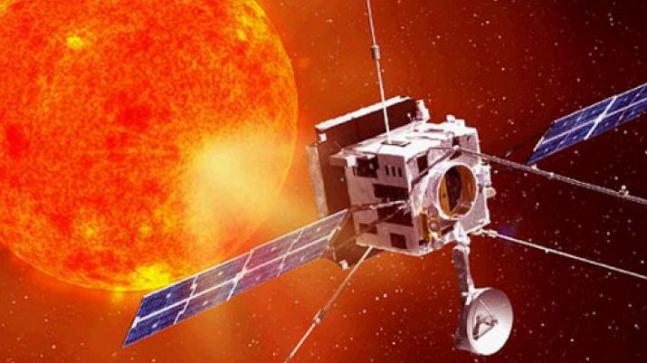News Highlight
India’s first mission to study the Sun will be launched by June-July: Aditya-L1 mission.
- Key Takeaway
- The Indian Space Research Organisation (ISRO) is planning to launch the Aditya-L1 mission by June or July this year.
- Aditya-L1 is the first Indian space mission to observe the Sun and the solar corona.
- ISRO chairman, speaking at the handover ceremony of the Visible Line Emission Coronagraph (VELC) payload on January 26.
Aditya-L1 mission
- About
- The Polar Satellite Launch Vehicle (PSLV) XL was used to launch it.
- Unlike past ISRO-led missions, Mission Aditya L1 has minimal moving parts that could cause a collision in space.
- The spacecraft weighs 1,500 kg and has seven science packages (3,300 lb).
- Objectives
- Aditya L1 aims to investigate the Sun’s Corona, Chromosphere, and Photosphere.
- It will also investigate changes in magnetic field strength and particle movement from the sun.
- To comprehend Coronal Heating (visual and near-infrared) and Solar Wind Acceleration.
- To investigate the particle flow emitted by the Sun.
- To investigate the solar atmosphere’s connection and dynamics.
- To aid in tracking and predicting storms aimed at the Earth.
- To investigate the Sun’s photosphere (soft and solid X-rays) and chromosphere (UV), as well as to conduct continuous imaging of the Sun.
Importance of Aditya L1 Mission
- The Sun is the parent star of our solar system.
- It is critical to understand its weather and environment since they influence the evolution of each celestial body in the solar system.
- The Aditya L1 Mission allows participation in space-based instruments and observations.
- Since it carries a variety of payloads by solar scientists from various institutions around the country.
- As a result, the upgraded Aditya-L1 project will aid in the resolution of some outstanding questions in solar physics.
- It provides a complete understanding of the sun’s dynamic activities.
- It will aid in forecasting the Sun’s Earth-directed storms.
- Investigating the consequences of variations in the Solar Weather System is critical.
- Weather changes can alter satellite orbits, limit their lifespan, onboard damage equipment, and create power outages on Earth.
Challenges Faced in Aditya L1 Mission
- The distance between the Sun and Earth is enormous (approximately 15 crore km).
- Because it has moving parts, the odds of this spacecraft colliding in orbit are significant.
- Though Aditya L1 will be stationed far from the Sun, the super-hot temperatures and radiation in sunny weather can have a negative impact on the mission.
Payloads
- Visible Emission Line Coronagraph (VELC)
- Solar Ultraviolet Imaging Telescope (SUIT)
- Aditya Solar wind Particle Experiment (ASPEX)
- Plasma Analyser Package for Aditya
- Solar Low Energy X-ray Spectrometer (SoLEXS)
- High Energy L1 Orbiting X-ray Spectrometer (HEL1OS)
- Magnetometer
Other Sun & Solar Missions
- NASA’s Parker Solar Probe
- NASA’s Living With a Star
- NASA’s Helios 2

Pic Courtesy: India Today
Content Source: The Hindu



